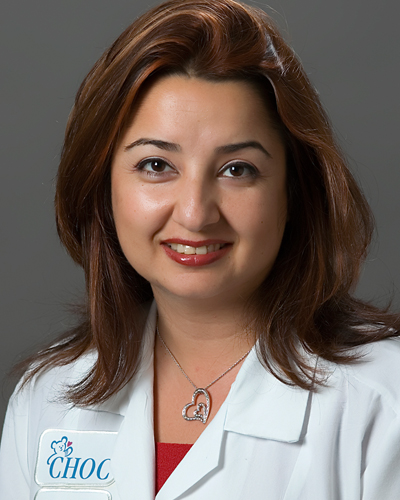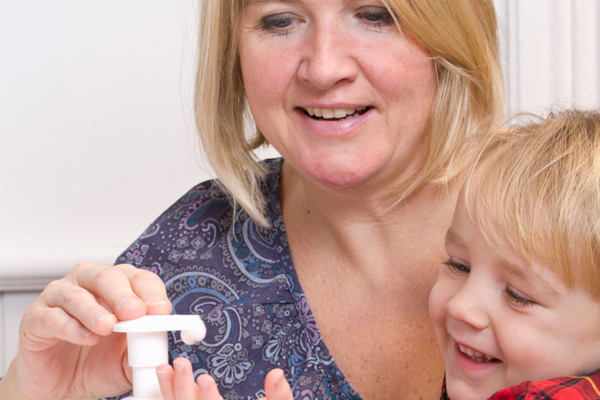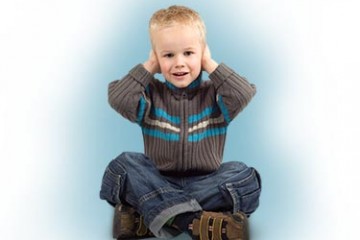THE IMMUNE SYSTEM
“Our immune system is a series of cells, tissues and organs that, throughout our lifetime, protects us from different invading pathogens and keeps us healthy and able to resist many repeated infections,” says Dr. Ashouri, a pediatric infectious disease specialist at CHOC. “When babies are infants, they get immune cells from mom through the placenta and breast milk, if they are breastfeeding. Over time, the baby’s system becomes mature and can fight off infections. A healthy lifestyle that includes getting enough rest, low stress and a balanced diet plus exercise helps to strengthen the immune system in people of all ages.”
BOOSTING BABY’S IMMUNE SYSTEM
“Breastfeeding is probably one of the best ways to help support a baby’s immune system when it’s developing,” explains Dr. Ashouri. “Getting babies the recommended vaccines at the scheduled times also helps to protect them from the different infections they are at risk for at that age. We recommend that parents and children also get a flu shot each year and are up-to-date with their Tdap vaccine to protect kids from pertussis (whooping cough). The
more people in the community who are vaccinated, the better it is for everyone. In pockets of areas where vaccine rates have fallen, there have been outbreaks of measles, whooping cough and other preventable diseases.”
KIDS AND COLDS
“Proper hand-washing is important to prevent the spread of colds and the flu virus and other types of infections. When kids can’t wash their hands, they should use a hand sanitizer to kill germs. Getting kids vaccinated against the flu also prevents kids from getting the flu,” Dr. Ashouri says. She adds, “Over time as the immune system recognizes certain viruses, it will get better at preventing infection, especially if the person has a balanced diet and good lifestyle. Taking vitamins won’t hurt either but they don’t replace a well-balanced diet.”
FAST FACTS
- Number of infants who died in California’s 2010 Pertussis (Whooping Cough) outbreak. It was the worst outbreak in 60 years.
- More than 9,000 cases were reported: 10
- Percent of the U.S. population that gets the seasonal flu (Influenza) each year: 5 to 20
- Number of children hospitalized in the U.S. each year with respiratory infections: 500,000




















